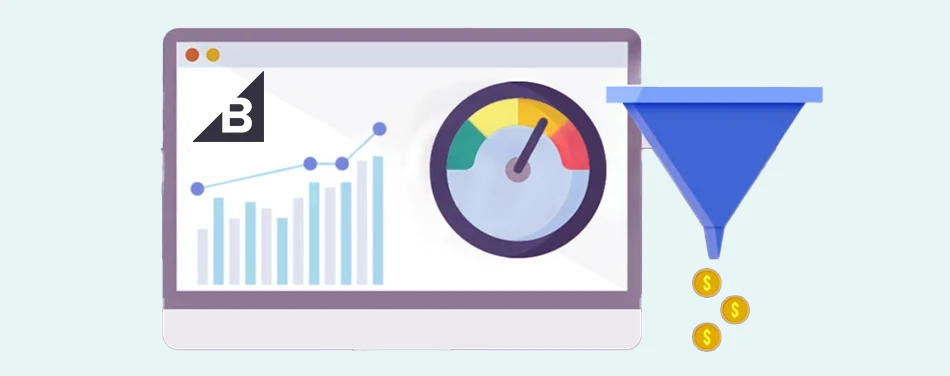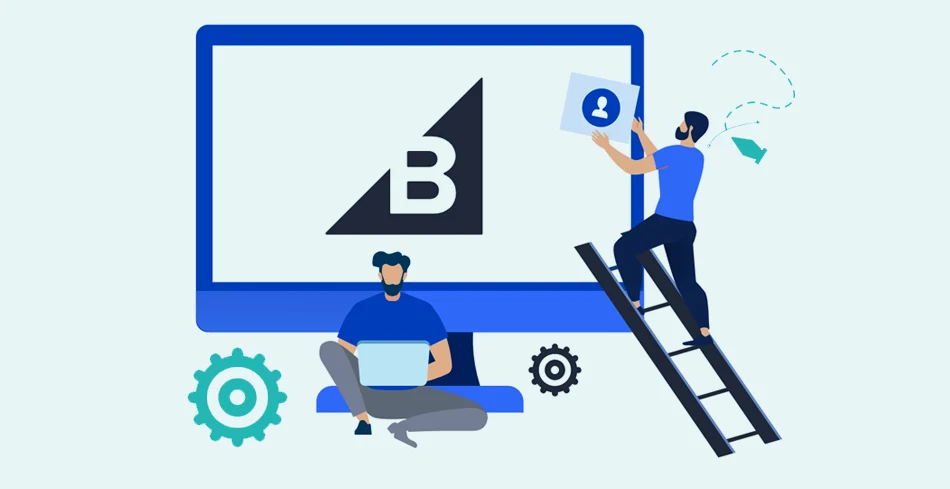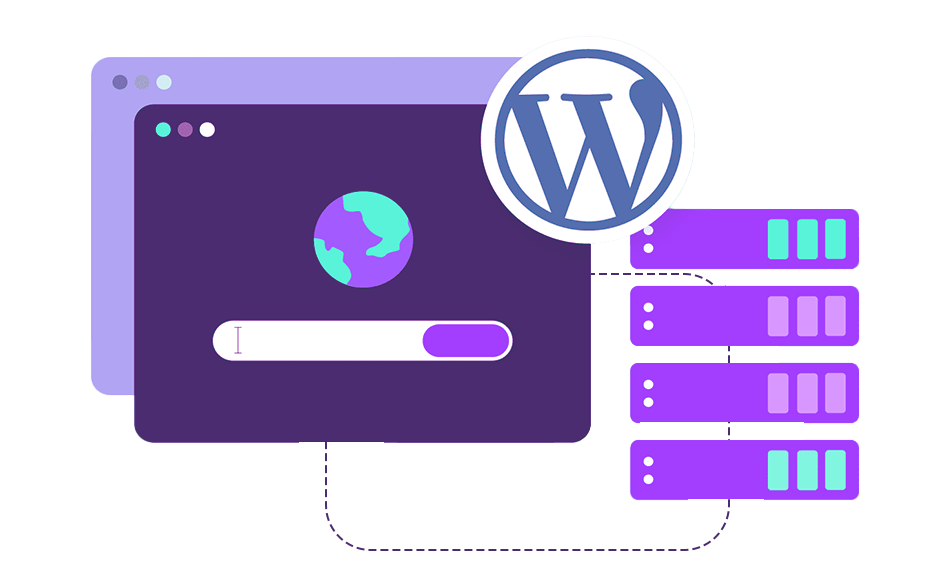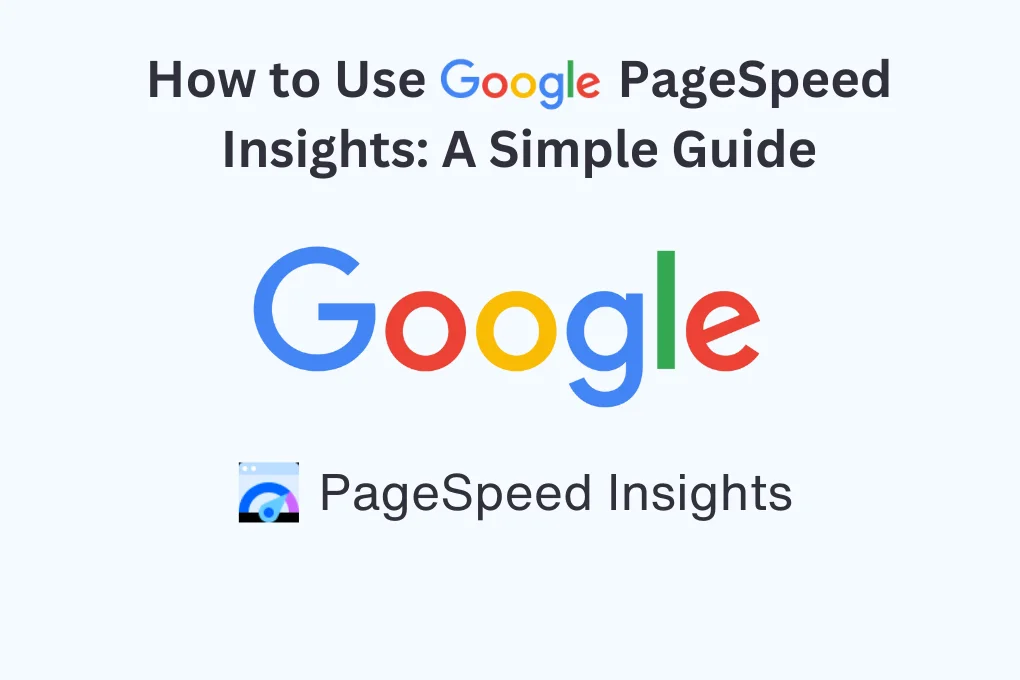TL;DR: Image optimization is a vital part of a website to enhance user experience. E-commerce website images play a crucial role in increasing conversions and encouraging customers to explore more. This guide will help you in image optimization for your BigCommerce website using the best techniques and tools.
Designing an effective E-commerce site is not just about curating a layout and filling your pages with stunning images. It is equally important to set the tuning of each and every image with background elements and the browser’s compatibility. Remember, user experience is consistent no matter what you are doing with your site, but make sure to convert every effort into committed buyers. Engaging visuals are needed for an E-commerce site, but remember to optimize those images before publishing.
In E-commerce, attractive images of the product play an important role in the buyer’s decision, but can also affect the site’s performance and even the SEO.
This guide walks you through the solution for heavy images, which many store owners face. Let’s learn image optimization for BigCommerce and enhance your website for a better user experience.
Why Image Optimization for BigCommerce Matters?

Images are more than just aesthetics on the BigCommerce site. Well-optimized and attractive images are the basis for website performance and user experience. Optimized images not only enhance page load speed but also improve customers’ engagement and conversion rates.
Here are the reasons why the image optimization for BigCommerce matters:
1. Customer Experience
Image optimization is important for a smooth shopping experience. Product images are the first thing that consumers see and are attracted to. Optimal image size presents an appealing first visual for the user and increases the interactivity of your site as users are more likely to scroll and spend more time on your site. Moreover, this can also encourage them to visit your site again, building trust and repeat sales in your business.
2. Website Performance
Heavy images can decrease the performance of your website, slow down your page loading speed, and frustrate customers. Slow load pages can cause an increase in bounce rates and a loss in conversion rates. You can maintain your visitors’ consistency and increase engagement and sales by optimizing your web images.
3. Customer Perception of Your Brand
Images are the biggest attraction of your site. High-quality images create a positive impression of your website when a user visits. These images build trust for your brand and help encourage sales. Whereas poorly optimized images lead to an unprofessional perception of your business and affect your brand goodwill.
4. SEO Advantages
Well-optimized images are more likely to be visible in the search engines, generating organic traffic. As images are a tool for better understanding, they encourage conversions and engagement, enhancing the SEO of your website.
Standard BigCommerce Image Sizes by Type

To begin successfully optimizing E-commerce images, it is important to first recognize the standard BigCommerce image sizes. Even though there are many image types, and it may appear confusing and overwhelming right away, if you are able to remember the correct sizes for product images, thumbnails, and carousel images, then this will greatly improve your ability to make the correct decisions.
Our focus will be to discuss the three main categories of images- product images, thumbnail images, and carousel images, as each has its unique sizing requirements.
1. Product Image Size
For product images, a compromise will need to be made between quality and load speed on your product page. A product image that is a square format of roughly 1280 x 1280 pixels is the best for good overall loading, on the product page, and site speed. It is, of course, always best to check your BigCommerce theme guidelines; they may be different.
2. Thumbnail Image Size
Thumbnail images are just smaller images of the product images. They still allow for navigation and preview, though they are much smaller. A size of roughly 1000 x 1000 pixels works, although BigCommerce resizes larger images for thumbnail images automatically.
3. Carousel Image Size
Carousel images allow our visitors to navigate pieces within menus. Since carousel images are displayed smaller than the original image, the biggest disadvantage is that the stake size is less important as the images will be much smaller, and allow for quicker navigation. Hence, a better suggestion is 267 x 267 pixels to appropriately display without compromising the customer experience.
Optimizing Images for BigCommerce – File Format
A correct image format is important for better optimization on BigCommerce. Each type, such as JPEG, Web, and PNG, has its own property.
1. Choose the right file format
There are different file formats for various file types; choosing the right one is vital for optimizing your web images.
- JPEG is ideal for images with many colors, as it can balance the quality with an optimal size.
- WebP is the latest format that is efficient in compressing high-quality images without harming the quality of the image.
- PNGs are ideal for images that need transparency or graphics with detailed, sharp edges, such as logos and icons.
2. Alt Text
Always put alt text on images; this helps in enhancing SEO and visibility. Through these alt texts, search engines can better understand the concept, and the visually impaired can comprehend them through screen readers. Moreover, if the images fail to load, this text will appear in their place.
3. Image Resolution
Use the ideal resolution for the web images. High-resolution images are super high quality, but they can make your site heavy and slow down the loading time. For E-commerce sites, a resolution of 72 DPI (dots per inch) is enough for maintaining optimal site speed.
4. File Naming
File name also matters for images, as it allows search engines to crawl and index web images on relevant search terms. So, use a descriptive and keyword-rich name for your image for better search results.
Best Tools for Optimizing BigCommerce Images
These tools help you compress, resize, and properly format images so your BigCommerce store loads faster without sacrificing visual quality.
1. Image Optimizer Pro
A dedicated BigCommerce image compression tool that automatically reduces file size, converts images into next-gen formats, and applies bulk optimization. Ideal for store owners who want hands-off optimization with strong performance gains. Image Optimizer Pro provides a higher compression rate, allowing you to select between lossy and lossless compression, according to your optimization needs.
2. Tiny-IMG
A lightweight tool that compresses images, fixes oversized uploads, and supports WebP conversion. Great for keeping product pages fast and SEO-friendly.
3. Media Compressor
An efficient bulk image compression tool designed for eCommerce stores. Helps shrink large image libraries without losing clarity, improving page load speeds.
4. TinyPNG
A popular online tool for smart lossy compression of PNG and JPEG files. Simplifies the process of reducing file size while keeping visuals clean and crisp.
Advanced Strategies for Image Optimization on BigCommerce
1. Evaluate Site Performance
Google’s PageSpeed Insights is an essential tool for evaluating the page-loading speed of your website. The faster the page load time, the better the user experience and the higher search engine ranking you receive, which leads to a higher volume of organic traffic. Use it to find which pages you can optimize for faster load times and a smoother browsing experience for visitors.
2. Content Delivery Network (CDN)
CDNs enhance site speed by storing images on servers closest to your customers. Why use a CDN?
Reduced Latency: By serving images from servers near the user’s location, CDNs minimize load times.
Improved Speed: Faster load times improve user satisfaction and contribute to better SEO rankings.
Global Reach: If you serve an international customer base, using a CDN like BigCommerce’s integrated one ensures smooth, quick access to your site from anywhere in the world.
3. Responsive Images
Responsive images automatically adjust to the perfect size and good quality based on the user’s device. When uploaded, these images are formatted into different sizes, allowing the browser to select the best one for the current device. This technique ensures large, highest quality images are optimized for both mobile users and desktop views, improving the browsing experience across all devices.
Conclusion
For a successful E-commerce store, you have to go beyond the design and quality images, as it is about optimizing and considering every detail that impacts user experience and performance of the site. This article has covered all the aspects of image optimization, including the importance of image optimization and optimizing strategies for a responsive BigCommerce store.
You can enhance your BigCommerce site by implementing the right techniques, such as resizing, selecting the right formats, and using image optimization tools for an image-filled but fast-loading website. Let your images creatively present your brand story, responsively!















































